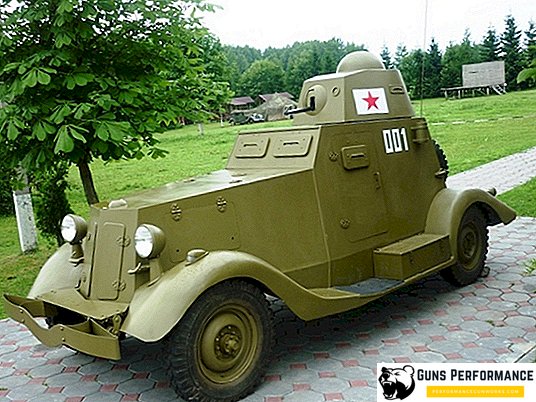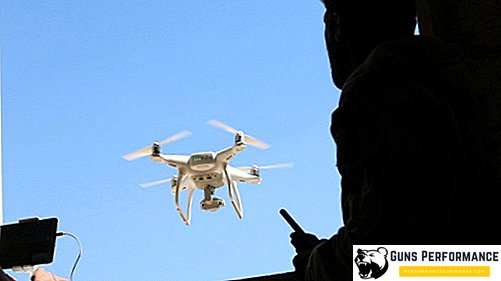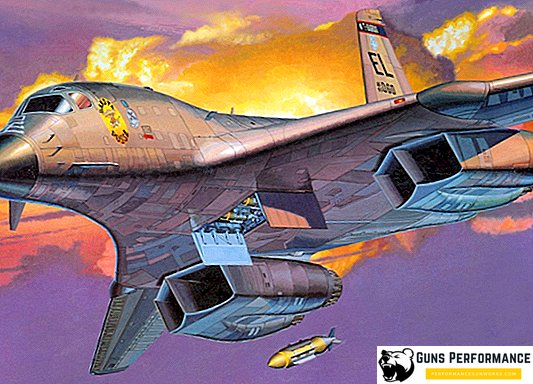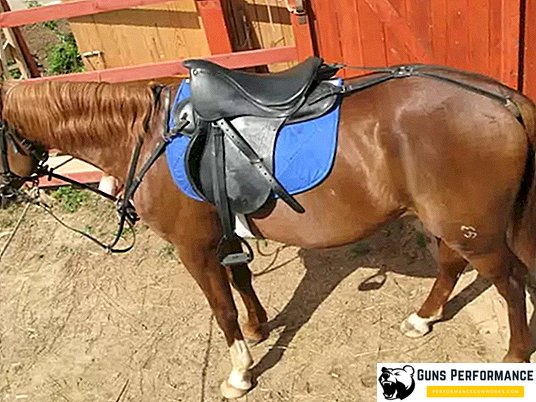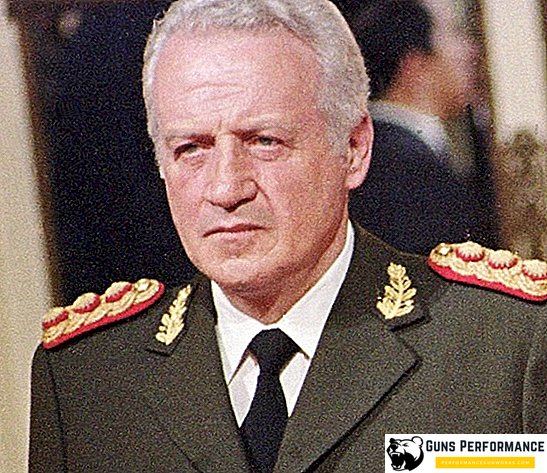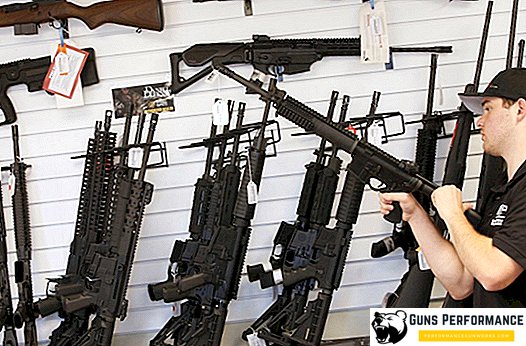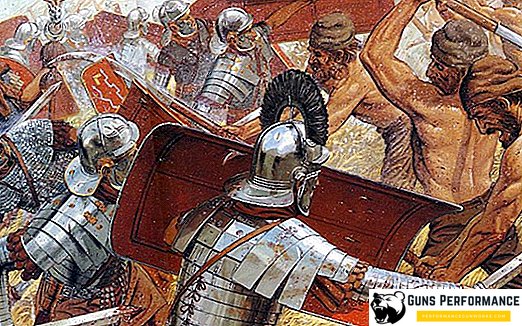After the end of the Cold War, significant changes took place in the European countries of NATO - they significantly reduced the number of army personnel. Thus, the British fell by about one third, the French - by almost half. But it turns out that this is not the limit.
The most significant reduction in ground forces occurred in Germany, where the army was reduced from 360 thousand in 1990 to 62 thousand by now.
Is the abbreviated German army capable of repelling the offensive of a probable enemy?
Ground troops
Structurally, the Bundeswehr army consists of three varieties: ground forces, air force and naval forces. Separate components in 2000 were the combined support forces and the health care service.
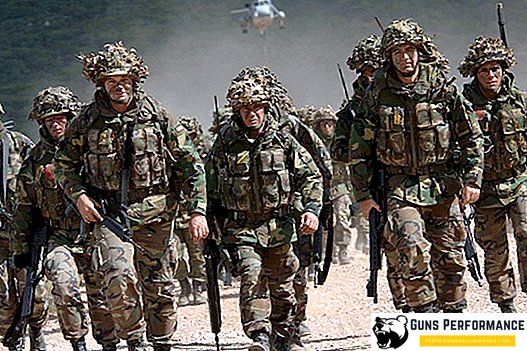
So, what are the German Army in 2017?
German ground forces consist of four headquarters bases, which include multinational NATO corps from the so-called "rapid deployment forces", five task forces with headquarters in other army corps (Greek, Spanish, Turkish, Italian, and French), five divisions and auxiliary parts and units in which there are:
- Division of Special Operations Forces;
- Two tank divisions;
- Mechanized infantry division;
- Airmobile division.
The modern military doctrine of the Bundeswehr attaches great importance to the contact form of an infantry battle.
Focus on peacekeeping
The general orientation of the German army is mainly focused on conducting peacekeeping missions as part of coalition forces, as well as on resolving local conflicts of low intensity. This is reflected in the founding document on German military construction. Thus, in the event of a military conflict near the borders of Germany or a declaration of martial law, the state is ready for war only with an actually toothless adversary. Such a conclusion suggests itself, if we become familiar with the degree of combat, technical and rear support of the Bundeswehr.

The number of the German army in recent years is increasing, then significantly reduced. If we talk only about land units, then in 2017 there are almost eighty-five thousand military personnel, including those military personnel studying in military educational institutions. It should not be forgotten that back in 2011, the German government abolished compulsory military service. To date, it is only contract, it lasts from one year to twenty-three months.
German military operations abroad
Based on data in the open press, the German army military operations in the following regions:
- Sudan (up to 10 servicemen);
- Uzbekistan (up to 100 military personnel);
- Bosnia and Herzegovina (up to 120 troops);
- Lebanon (up to 128 soldiers);
- Mali (up to 144 troops);
- Somalia (up to 241 servicemen);
- Kosovo (up to 763 servicemen);
- Mediterranean region (up to 800 troops);
- Afghanistan (up to 900 troops).

In all these missions, the German armed forces are represented primarily by personnel from logistical support units. This state quite consciously does not take part in military missions abroad. This applies particularly to those regions where contact combat contact is not excluded, in which, according to Russian analysts, the German fighters look weaker.
Ground forces: weapons
In service with the land forces of the German state is:
- The main battle tank - 1095;
- Field artillery gun - 644;
- MLRS and mortars;
- Armored combat vehicle - 2563 (736 of them are armored personnel carriers);
- Combat helicopter - 146.
Formally, this ground weaponry is all right, but in practice things are a little different. Military experts say that the overall state of affairs in the army is far from ideal. This also applies to the level of training of military personnel, and the provision of modern weapons. It seems that when declaring martial law in Germany, it is unlikely that its army, with its equipment and armaments, will be able to withstand more militarily powerful states.

"Leopard" - the main tank
The main battle tank, adopted by the German army, was and remains the "Leopard". By the beginning of 2015, armored units of the state mastered the modification of the main battle tank Leopard 2, which numbers almost seven hundred units. The remaining old modifications of the Leopard-1 tank are gradually being written off as scrap metal, and also used for training purposes at landfills. Tanks of the very first series, according to statistical data of the state, are less than two hundred, but they should have been written off even in 2017.
The requirements of the modern battle can only meet the "Leopards-2A3", which were produced in 1984-1985, as well as "Leopards-2A4", produced from 1985-1987. However, as demonstrated by the test activities, these modifications of German tanks are distinguished by a low level of resilience. In this regard, back in the nineties, the German command adopted a program to improve these tanks.
Advanced tanks

In the mid-nineties, all models of tanks that have been improved, called "Leopard 2A5". As of 2015, there were less than five hundred units. Unmanned tanks began selling in third world countries.
At the beginning of the two thousandth, more than two hundred tanks were improved. These "Leopards-2A6" were the most advanced in terms of technical equipment. The latest modifications at that time began to be equipped with enhanced tower armor and additional anti-mine protection.
The updated Leopards also received a new gun with a longer barrel. This significantly increased the firepower of the combat vehicle and significantly expanded the list of used ammunition. Significantly improved on-board electronics with a new information management system.
The Seventh Leopard Upgrade

Eight years ago, "Leopards" were again improved to the next, already the seventh modification. She gained the name "Leopard-2A7 +". The machine received a heavy assault platform for combat in the urban environment. Improved also mine protection. Tanks got removable protection modules mounted on the hulls and towers, protected by lattice anti-missile screens. Remotely controlled modules equipped with small arms.
The German Army, which for a long time used morally and technically obsolete tanks, intended to upgrade to the seventh modification to one hundred and fifty cars, but so far these goals have not been achieved. True information about the exact number of advanced tanks received by the troops is not available.
Light armor
Of all the types of light armored vehicles of the German state, the Marder infantry combat vehicle, which was accepted into service back in 1961, stood out in particular. During the long term of operation, this BMP did not actually change, and it was only in 1979 that they decided to improve it. Marder was equipped with the Milan anti-tank missile launcher, installing it on the right side of the turret. Later, modified versions of A2 and A3 began to appear.

In the expert environment, it is generally accepted that the Marder-1A3 model was not inferior to the powerful Leopard in terms of the safety level of the crew. Subsequent modifications of this model were not carried out. And only in 1985, the army commenced the implementation of the program to develop the Marder-2 infantry fighting vehicle. However, the development process took a long time, the prototype of the newly-made machine was presented only in 1991, and the testing process at the test sites was completed in mid-1998.
In 2014, the Bundeswehr were delivered a little more than one and a half thousand "Marder-1" of various modifications. In those days there were rumors that this car would be replaced by the "Puma", all the work on which was allegedly completed. However, in fact, it turned out that not a single modification of the “Puma” entered into service in the German armored forces.
Thus, motor vehicles and wheeled armored personnel carriers remained the main means of ensuring the mobility of infantry and its fire cover. In addition, not all light army armored vehicles proved to be suitable for use. Of the little over a thousand German armored personnel carriers, only about eight hundred are technically capable of conducting combat operations.
Modern German artillery

At one time, the mighty German artillery underwent many changes - mostly large-scale reductions. Along with the American, the German army is interested in acquiring the most modern and sophisticated artillery. That is why Germany began to create new and technically advanced weapons systems that would allow the armed forces to gain greater firepower, regardless of the number of personnel and military equipment.
German engineers managed to develop a unique gun PzH2000. It provides targeted target coverage with standard shells at a distance of up to thirty kilometers. The gun’s firing rate is three shots in nine seconds with a standard rate of ten seconds, and eight shots in fifty-one seconds with a standard indicator of sixty seconds. The main distinguishing characteristics of this instrument are:
- Record high combat rate of fire;
- Increased reliability of crew protection and combat equipment in an armored body with a turret.

Many military experts consider this ACS the best on the planet. However, such self-propelled artillery installations at the disposal of the armed forces of Germany - a little less than two hundred units.
Another common type of artillery armament in the German army can be called self-propelled mortars: 120-mm M113A1G PZM and 100-mm MLRS MLRS.
These weapons have the following specifications:
- Firing range - from two to forty thousand meters;
- Volley damage area - up to 25,000 square meters. m;
- Equipped with many types of ammunition, including cluster.
German Army Aviation
In service with the air forces of Germany are:
- Up to forty attack helicopters "Tiger";
- More than a hundred attack helicopters In-105;
- Less than one hundred heavy military transport helicopters CH-53G;
- Less than one hundred multipurpose UH-1D, 39 EC-135, as well as 77 NH-90.
The Air Force is controlled by the Central Command and the Operational Command from Cologne. The operational command covers three air divisions. It should be noted that there are no own training aviation units in Germany. Students are trained in the United States on the American material and technical base.

The basis of the strike force of the German Air Force are Typhoon fighter-bombers. Currently, the Air Force has about one hundred units in service. In addition, Tornado bombers (one hundred and forty-four units on German bases) can be used for percussion functions of the latest modification. Air defense ground forces are represented by eighteen Patriot batteries.
German military transport aircraft has several A-319 and A-340. However, military experts note that this number of aircraft is not enough to solve the tasks that the state may face. This number of aircraft is not enough even to drop a single airborne unit (for example, brigades). This is also not enough to ensure a reliable supply of troops in conditions of active hostilities.
Until recently, the strength of the German army tended to be gradually reduced, the same applied to its equipment.
German Navy

German naval forces are considered to be among the most advanced. Currently, the German Navy assists NATO forces in reconnaissance activities in the Baltic Sea.
In this case, the German naval forces remain very small. The German Navy can be called a conventional flotilla with four submarines, thirteen different types of frigates (although two more boats are being built). In addition, the German Navy has corvettes, missile boats, minesweepers, and naval aviation has eight anti-submarine aircraft.
Despite all of the above, Germany has a fairly powerful and advanced shipbuilding industry. It produces one of the best naval weapons systems on the planet, almost silent diesel submarines are considered especially valuable. German marine equipment is purchased by India, Greece, Turkey, South Korea, and Venezuela.
The pride of the German Navy - the frigate "Saxony"

As previously mentioned, German shipbuilding is quite powerful. And this is evidenced, for example, by a new frigate of the type "Saxony".
Distinctive characteristics of the frigate "Saxony" are:
- 127 mm universal weapon;
- The use of two types of helicopters;
- Complete set of paired RIM-116 and 27 mm blocks (shipboard anti-aircraft missile complex for the direct protection of the ship);
- Supplemented regular RCC "Harpoon".
The ship’s weapons were entrusted to control a special ASBU (Automated Combat Control System), which includes:
- Computerized jobs in the amount of seventeen units;
- Modules with an interface in the amount of eleven units;
- Large information displays in the amount of two units;
- Satellite communications console;
- Two workstations.
The exact configuration of weapons has not yet been disclosed, the data on it differ depending on the sources of information. Unknown and the exact number of frigates. However, it is already clear that the frigate will be equipped with the most advanced weapons. For example, a tracking system that can simultaneously conduct at least one thousand targets.
German Army titles

Each badge of distinction in the German army depends on the military ranks that are adopted in this state. Unlike the Russian army, there are also non-commissioned officers in the German army. In general, all military ranks correspond to the accepted global ones. Insignia are attached to shoulder straps, buttonholes, headgear, as well as sleeves. All of them are decorated in the most diverse forms, in strict accordance with the military rank and established by military regulations. The shoulder straps of the German servicemen, although different from the previous, times of the Second World War, still resemble them a little.


